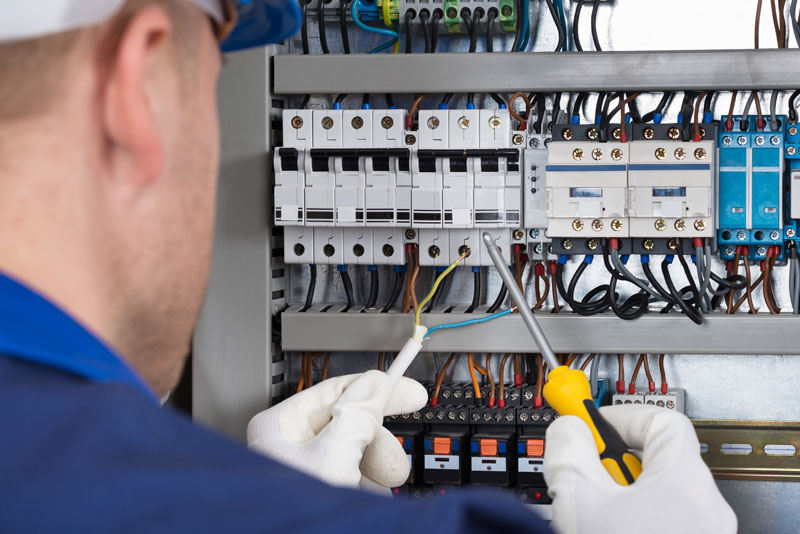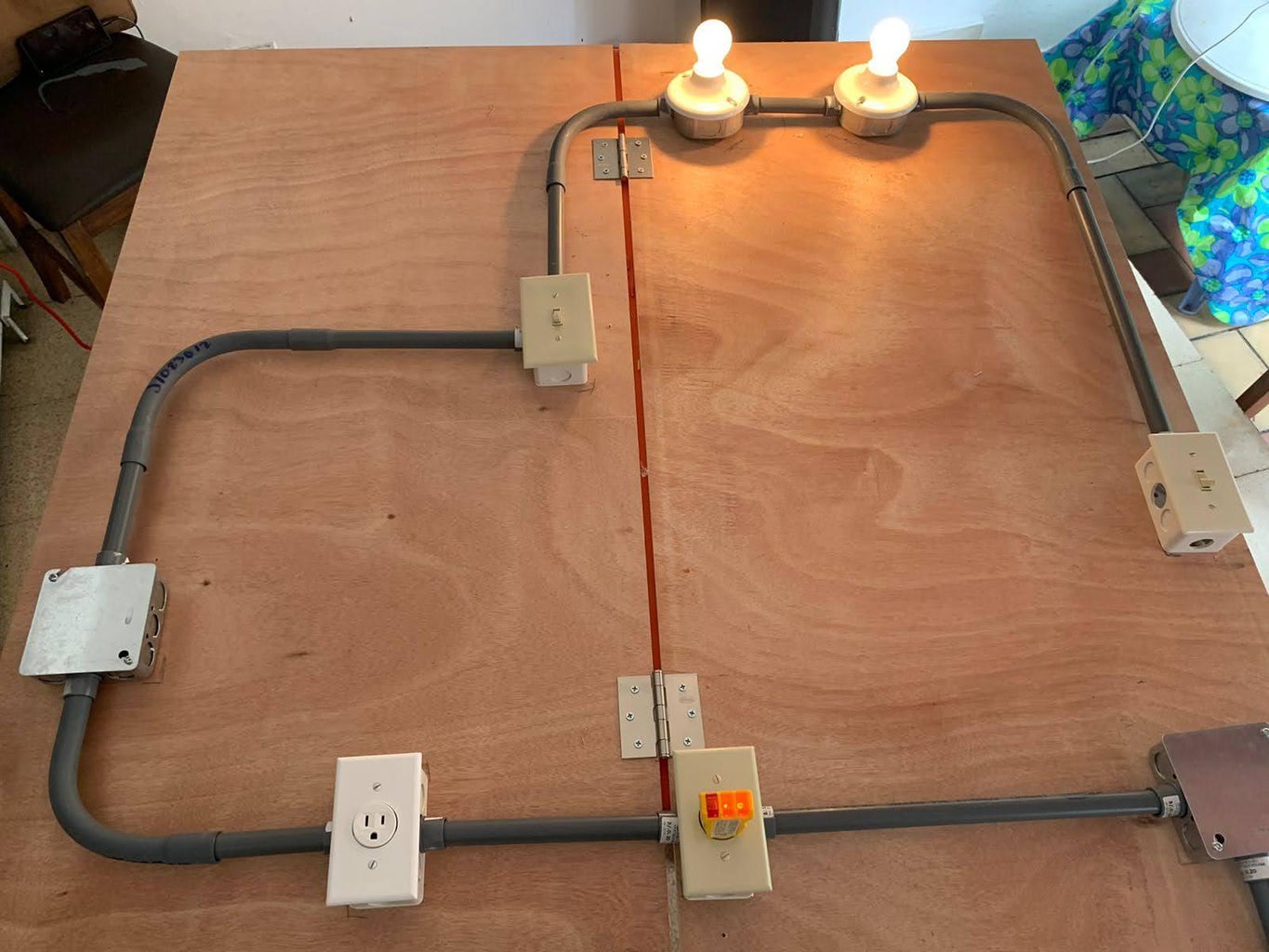Comprehensive Solutions from BRE Services for All Your Needs
Demystifying Electric Setup: Comprehending Codes and Rules for a Lawful and Safe Arrangement
In the realm of electrical installment, adherence to codes and guidelines is paramount to guarantee both validity and safety and security. The journey to debunking electric setup goes past mere knowledge with laws; it requires an extensive grasp of just how to carry out secure electrical practices properly.
Value of Electrical Codes
The adherence to electrical codes is crucial in ensuring the security and reliability of electric installments. Electric codes act as a collection of requirements and guidelines that determine the correct layout, setup, and maintenance of electrical systems. These codes are developed to minimize the danger of electrical threats, fires, and various other security problems that might emerge from defective electric work.

Moreover, electrical codes are on a regular basis updated to integrate brand-new modern technologies, ideal techniques, and precaution. Staying updated with these codes is important for experts in the electrical industry to ensure that their job satisfies the newest safety standards. Eventually, the importance of electrical codes exists in producing a safe and secure and efficient electric facilities that profits both people and communities.
Secret Laws for Safety
Numerous essential laws regulate the security standards in electric setups. One essential guideline is the National Electrical Code (NEC), which provides standards for risk-free electric layout, installment, and inspection to secure people and building from electric hazards. The NEC covers elements such as electrical wiring methods, grounding, overcurrent security, and tools installment to guarantee a risk-free electric system.
One more essential guideline is the Occupational Security and Wellness Administration (OSHA) criteria, which concentrate on the safety and security of employees associated with electric installations (BRE Electrical). OSHA guidelines consist of demands for correct training, safety and security treatments, and individual protective devices to stop workplace accidents and injuries
Furthermore, the International Electrotechnical Commission (IEC) criteria intend to harmonize electric installation policies on a global range. These requirements address problems like electrical tools security, electromagnetic compatibility, and power effectiveness to promote harmony and security in electrical installments worldwide.
Compliance with these key laws is necessary to make certain the why not find out more security and validity of electrical installations, shielding both individuals and residential or commercial property from the threats related to electrical power.
Recognizing National Electric Code
Secret regulations such as the National Electric Code (NEC) provide crucial guidelines for safe electrical layout, setup, and examination to make sure the protection of people and residential or commercial property from electric risks. The NEC, additionally referred to as NFPA 70, is a detailed set of requirements for electric installations that are upgraded every 3 years. It is developed by the National Fire Security Organization (NFPA) and is widely embraced throughout the USA.
The NEC covers various elements of electric work, including circuitry approaches, grounding, overcurrent protection, and devices installment. It intends to protect people and building by dealing with possible threats connected with electrical systems. Compliance with the NEC is normally implemented by regional authorities having territory (AHJs), such as constructing code authorities and inspectors.
Understanding the NEC is important for electrical service providers, developers, and examiners to make certain that installments meet the necessary safety requirements. By adhering to the NEC guidelines, professionals can help avoid electrical accidents and guarantee the reliability of electrical systems in property, business, and commercial setups.

Compliance With Neighborhood Building Codes
Understanding and adhering to neighborhood building codes is vital for check that guaranteeing the safety and security and compliance of electrical setups within a specific territory (BRE Automation Australia). Local building ordinance vary from one town to another, and they are placed in place to guard the well-being of owners and buildings. These codes describe details requirements for electrical installments, such as the kind of wiring to be used, placement of outlets, grounding techniques, and lots abilities. By following regional structure codes, electrical experts can ensure that setups are done correctly and satisfy the essential safety requirements.
When it comes to electrical installations, failing to conform with local structure find out here now codes can result in major consequences. Non-compliant setups may posture security hazards, raise the danger of electric fires, and lead to expensive fines or lawful issues.
Ensuring Safe Electric Practices
Exercising stringent adherence to established safety protocols is crucial in the area of electric setups to reduce potential threats and make certain the wellness of individuals and residential properties. Security in electrical job includes different aspects, beginning with the appropriate training of workers involved in installment, upkeep, and repair work. By prioritizing secure practices, electric setups can function successfully while lessening the possibility of accidents or damages.
Conclusion
Finally, adherence to electric codes and policies is crucial for making sure the security and validity of electric installations. Recognizing the National Electric Code and compliance with neighborhood building regulations are essential for a risk-free setup. By complying with these guidelines and practicing secure electrical techniques, individuals can protect against prospective threats and guarantee the correct functioning of their electric systems.